The last three weeks of school, we explored different careers in the arts and students again had a choice of projects:
Interior Designer
For the first week, we explored Interior Design. Students had the choice to 1) create a pop up room design drawing, 2) create a drawing of their ideal quarantine space (part of a worldwide collaborative drawing project) or 3) create a 3D miniature model. You can see further project details here.
Graphic Designer
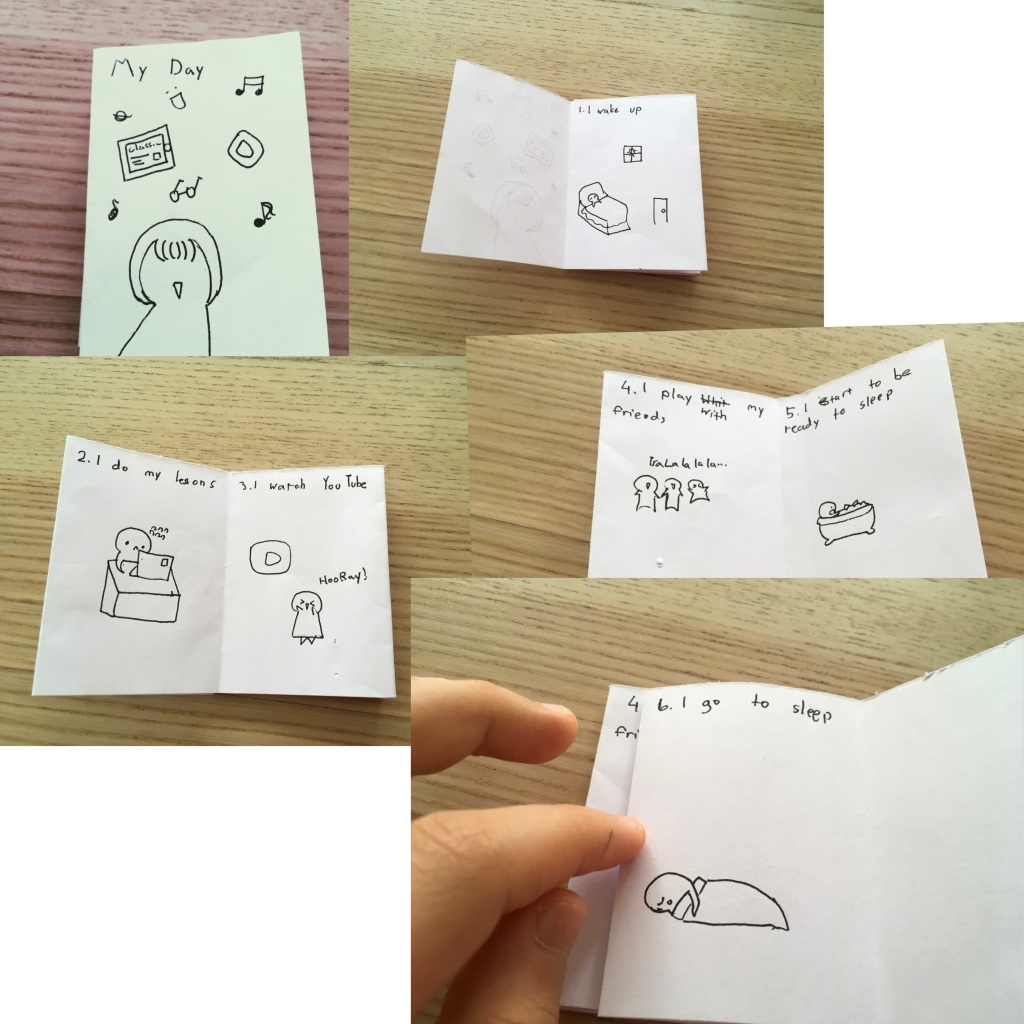
Fashion Designer
Photographer
For week two of Careers in Art, students had the choice to take on the role of either a graphic designer, a fashion designer or a photographer. As a graphic designer, the task was to write and illustrate a self published zine, or Quaranzine; including both images and text in a handmade book made from one sheet of paper. To explore fashion design, students were challenged to create a piece of wearable art. This could be an accessory, such as a bag or watch, or an entire outfit. The only limitation was that it should be made from recycled materials such as paper or cardboard. To explore photography, we took inspiration from photographer Gregg Segal and his portrait series called Daily Bread. The task was to first collect items that have been important to students during quarantine and at home learning, to arrange these items around themselves and have their photograph taken. See further project details here.
Curator
The final project was first to create a collection of miniature artworks that showed unity, and secondly, to organize and present this collection for display to an audience. The details for this project can be found here.
I am so proud of all of the work my students achieved during at home learning! I learned new ways to incorporate technology into my art curriculum and my students stayed engaged and participatory throughout each new weekly challenge, learning many new techniques and processes. I really enjoyed seeing the work they turned in each week, though I missed watching the creative process at work in the classroom.
Here’s to the end of the year, and the end of a season. A job well done, for everyone!


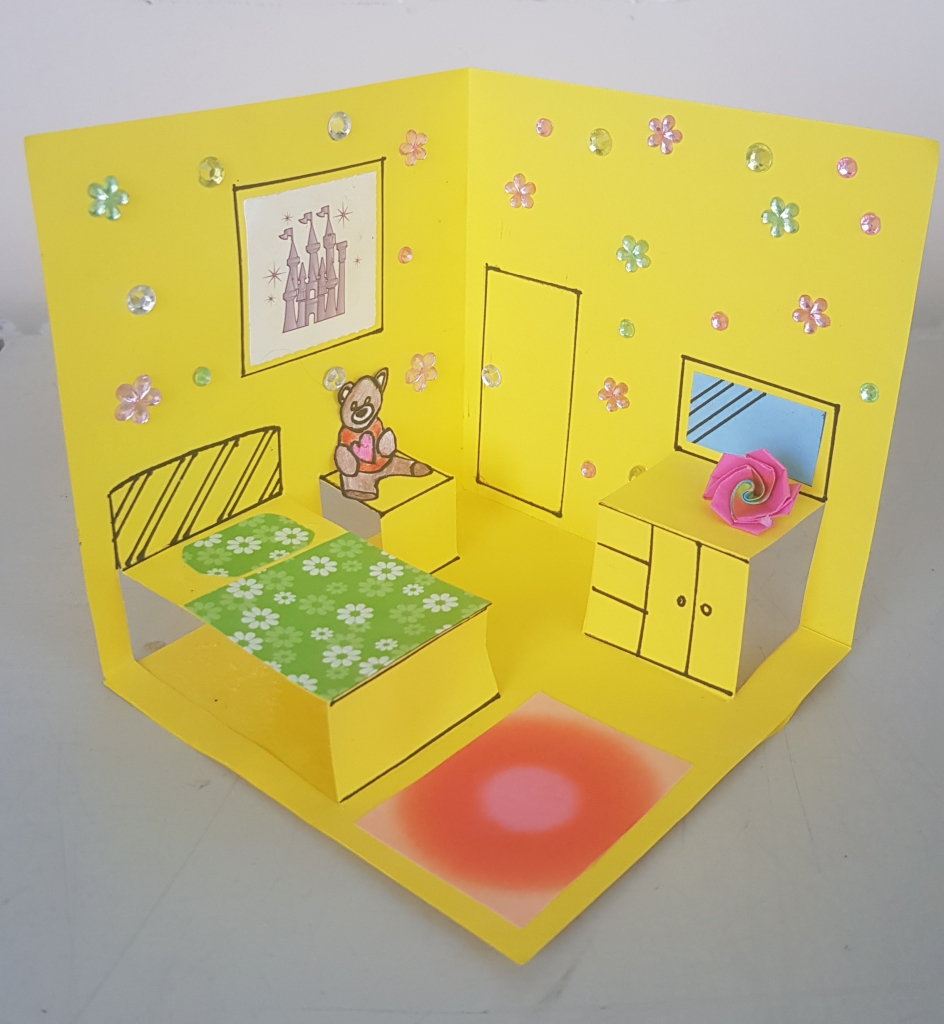

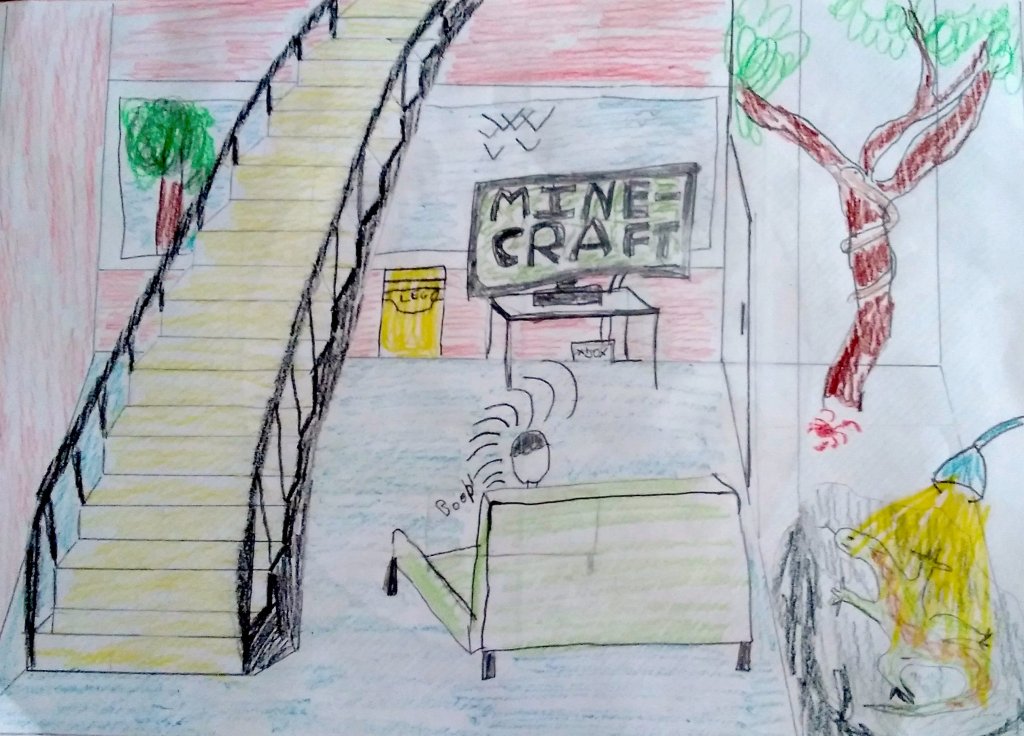
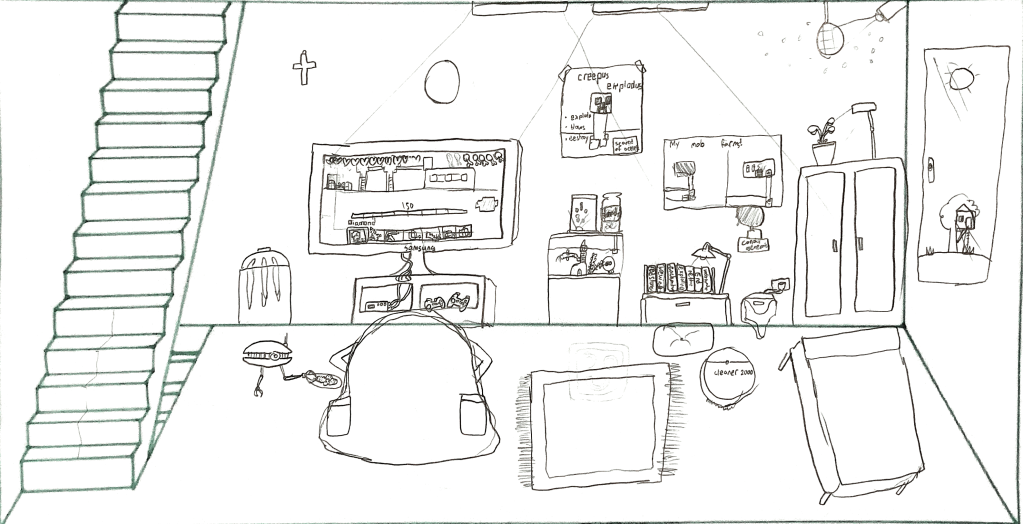
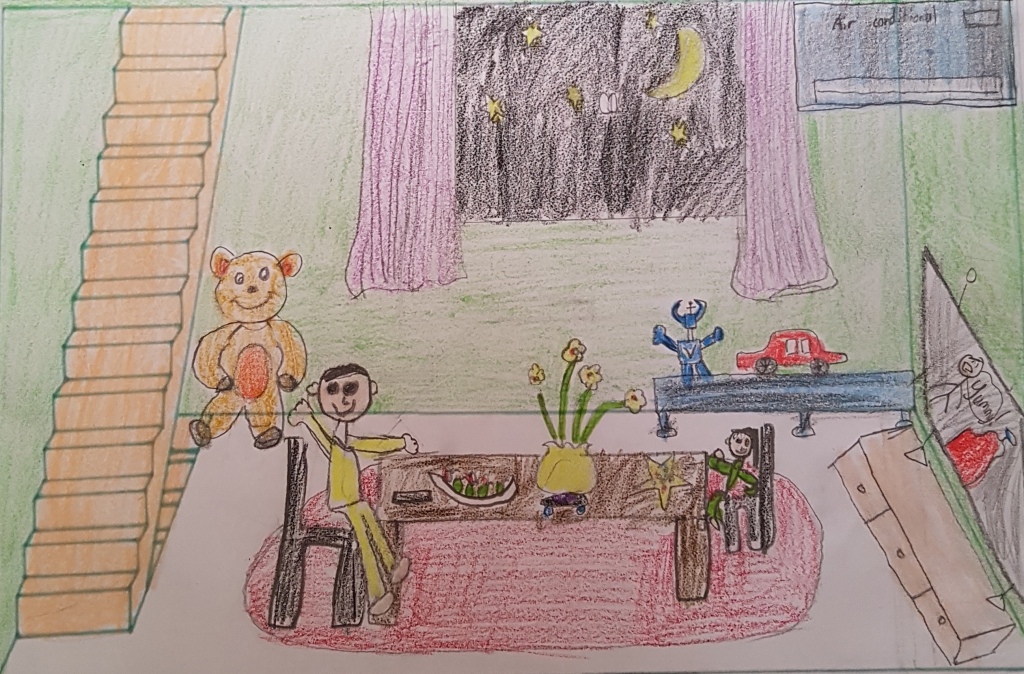
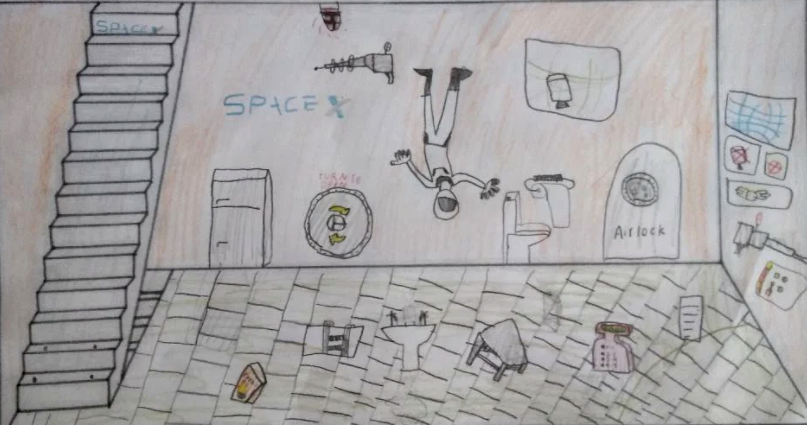
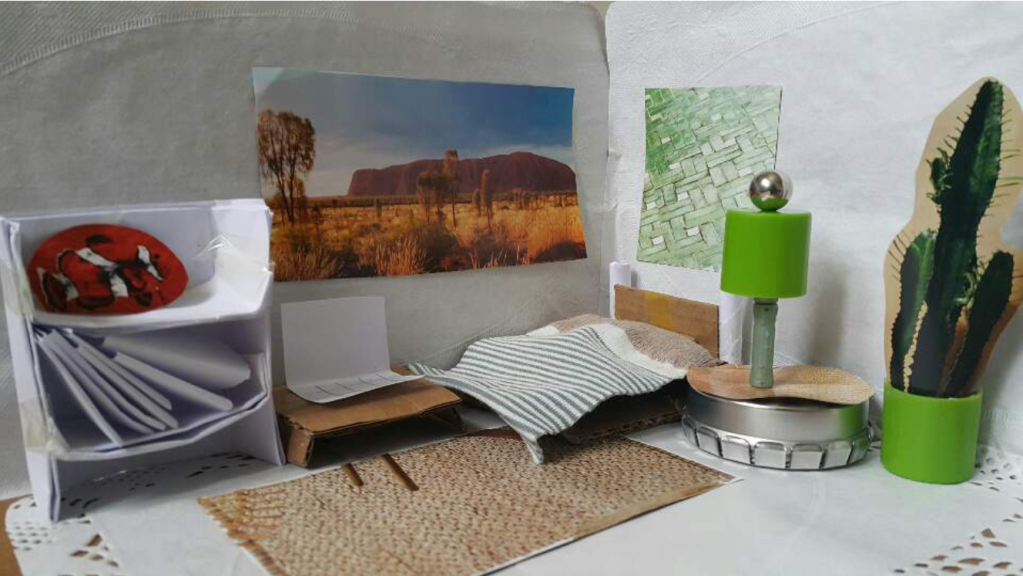
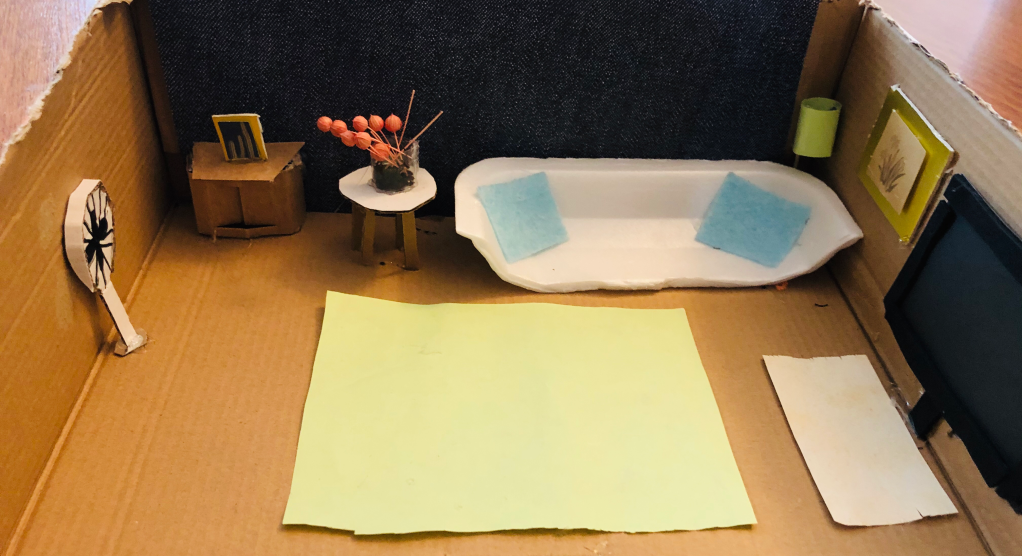
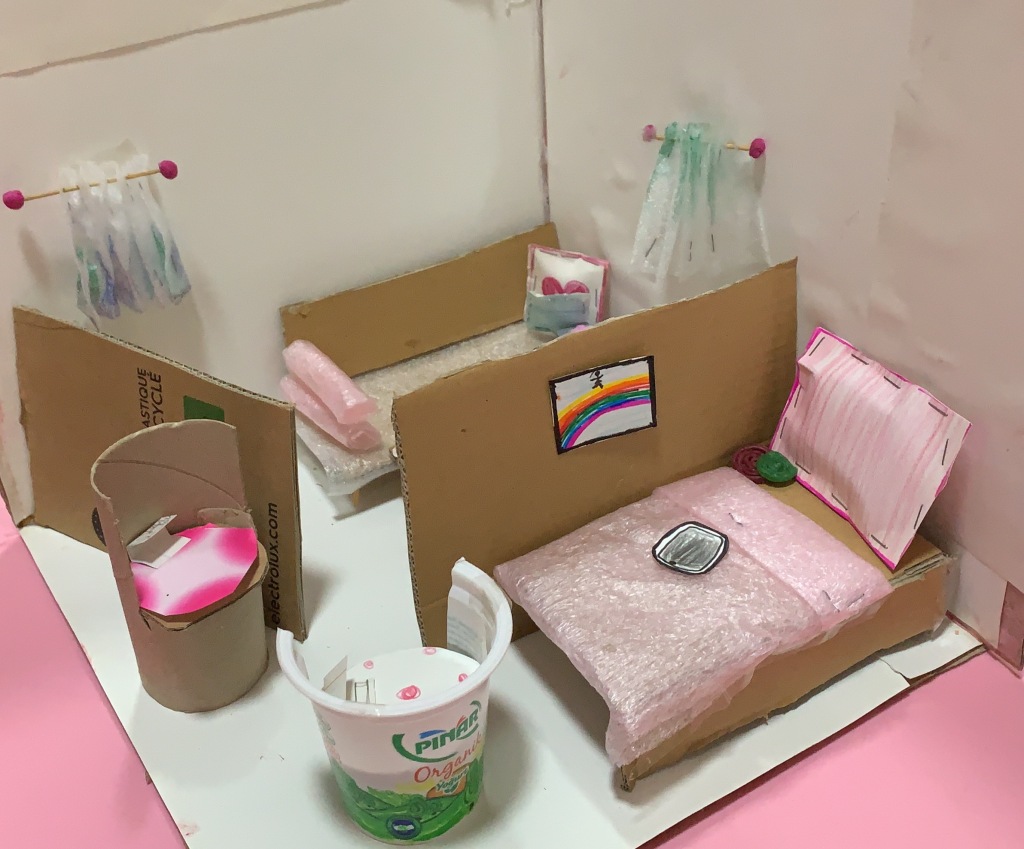
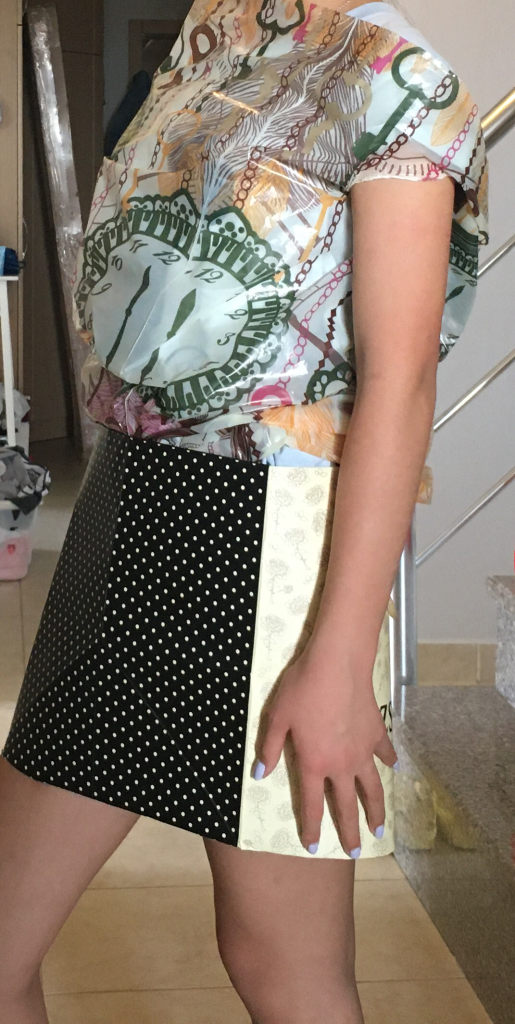
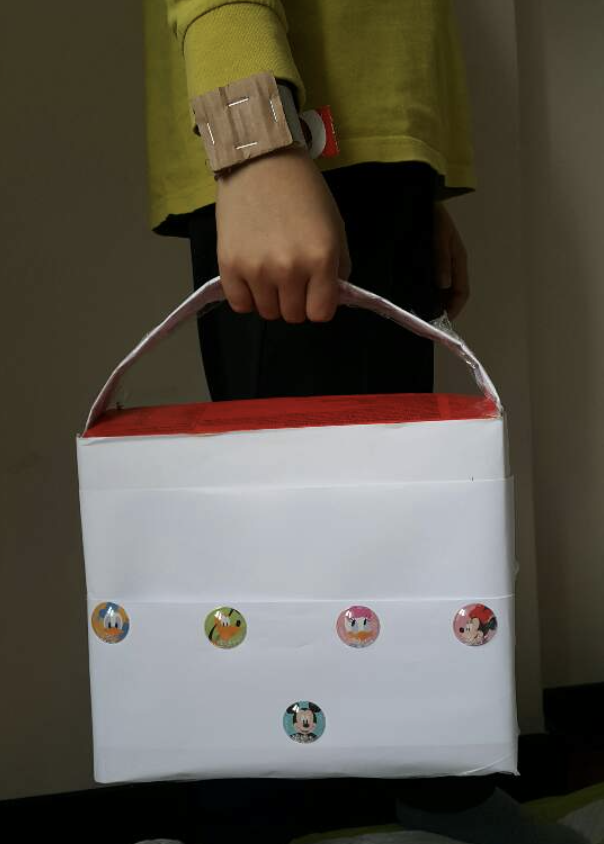
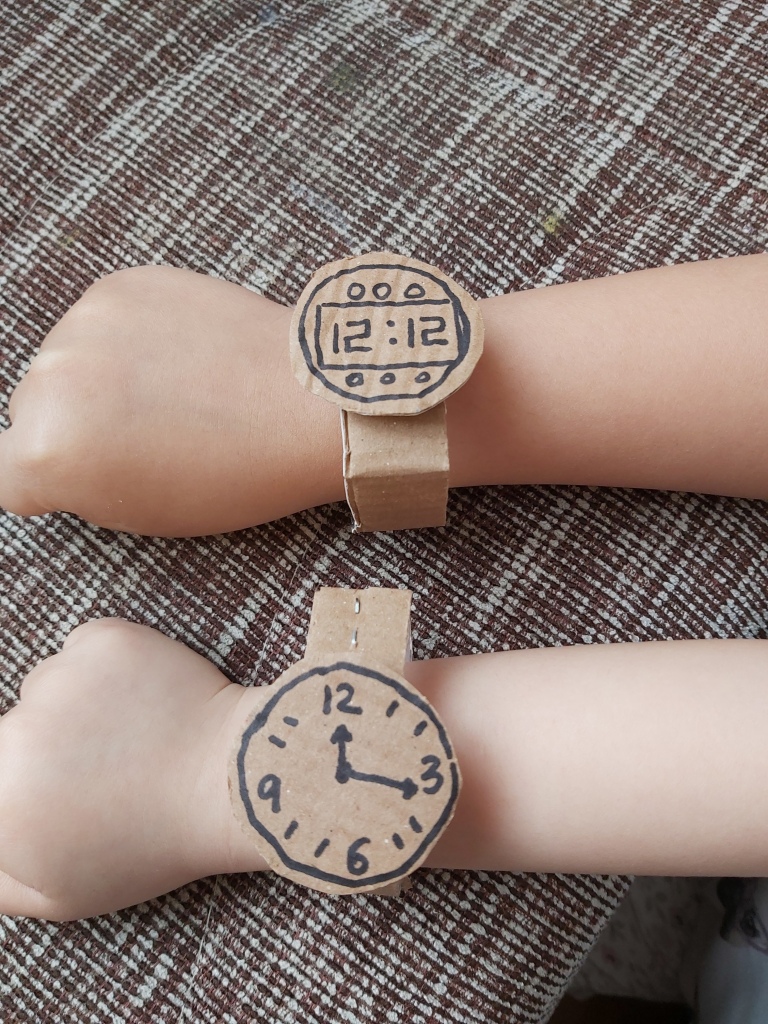
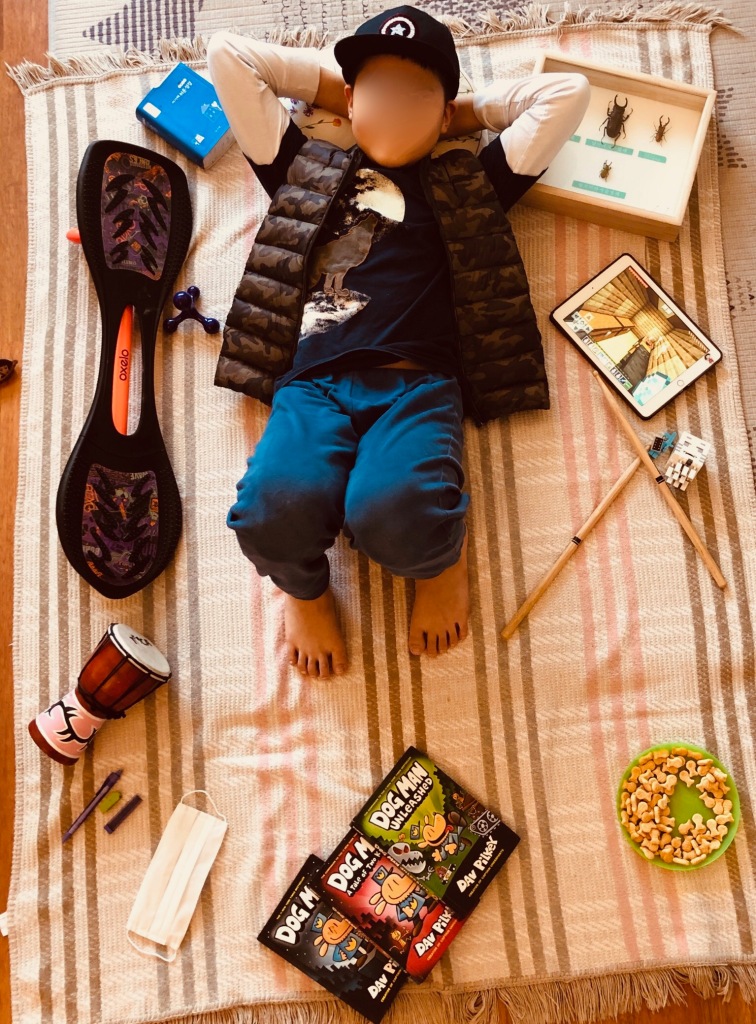


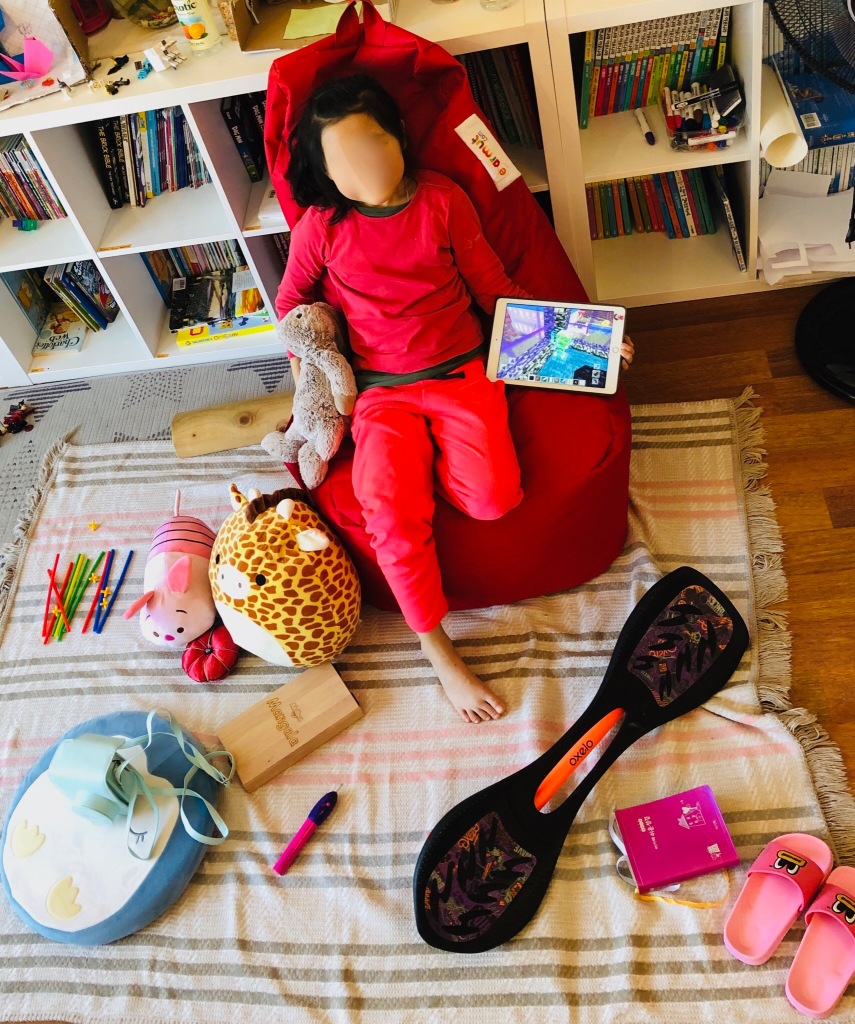
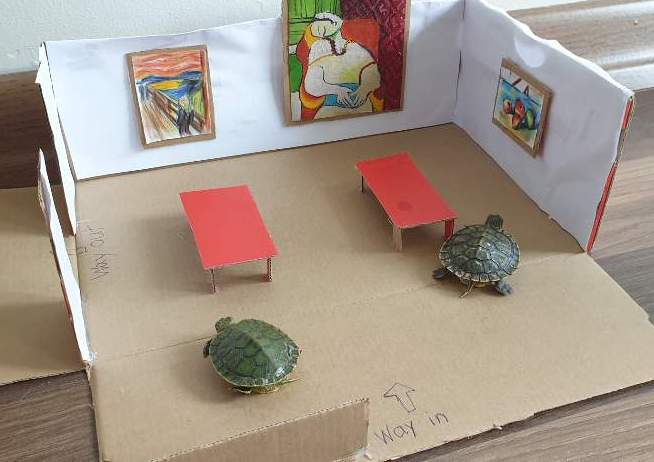
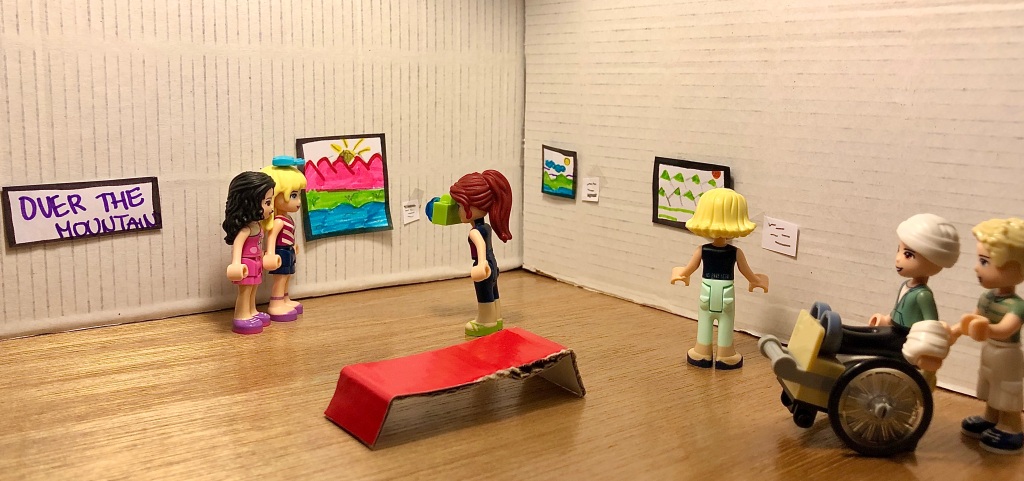
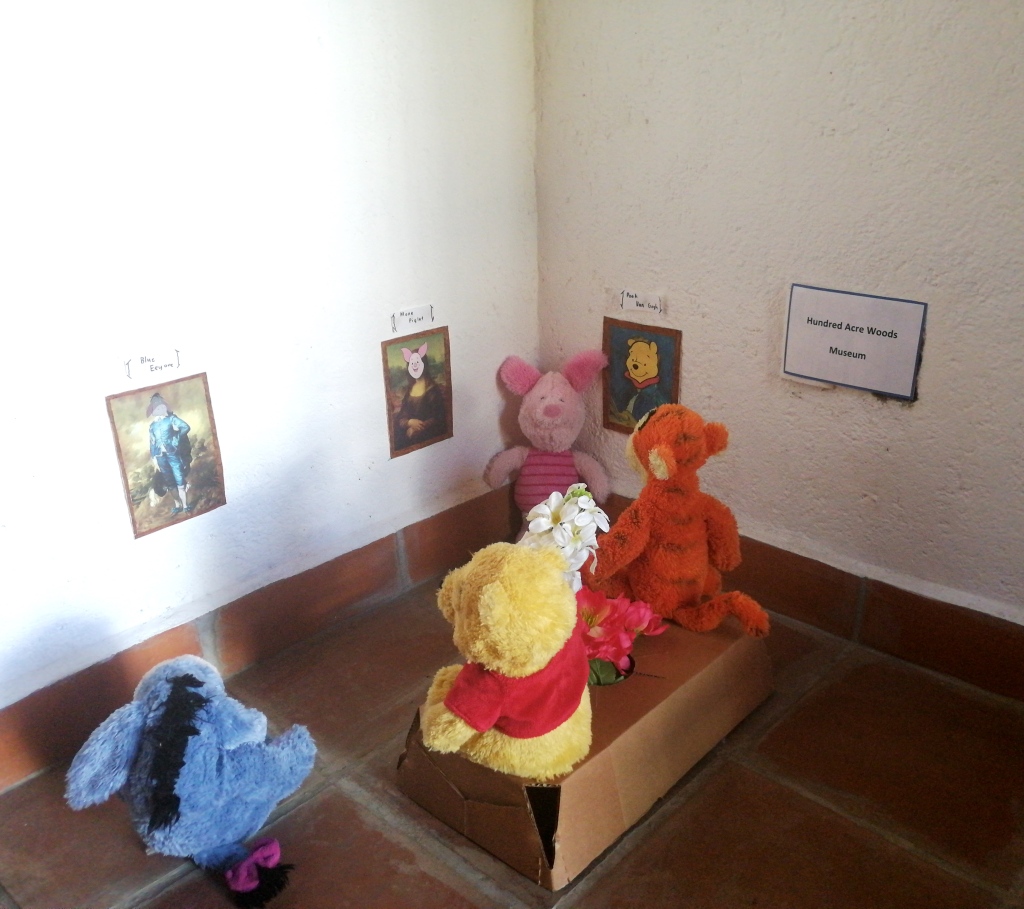
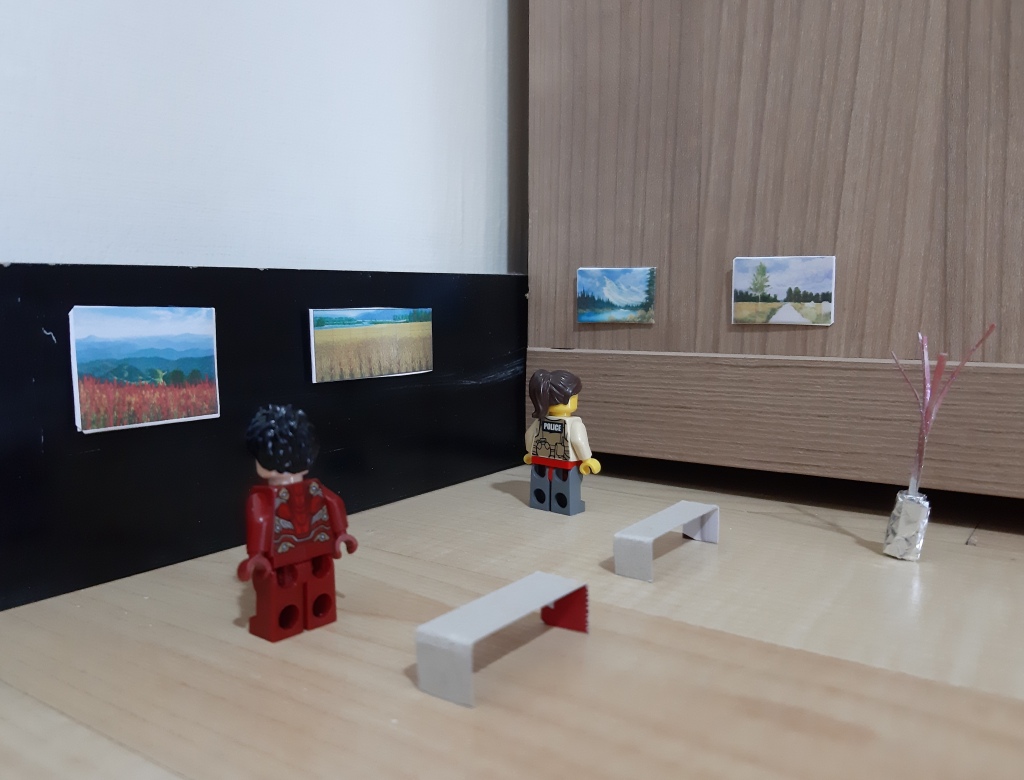
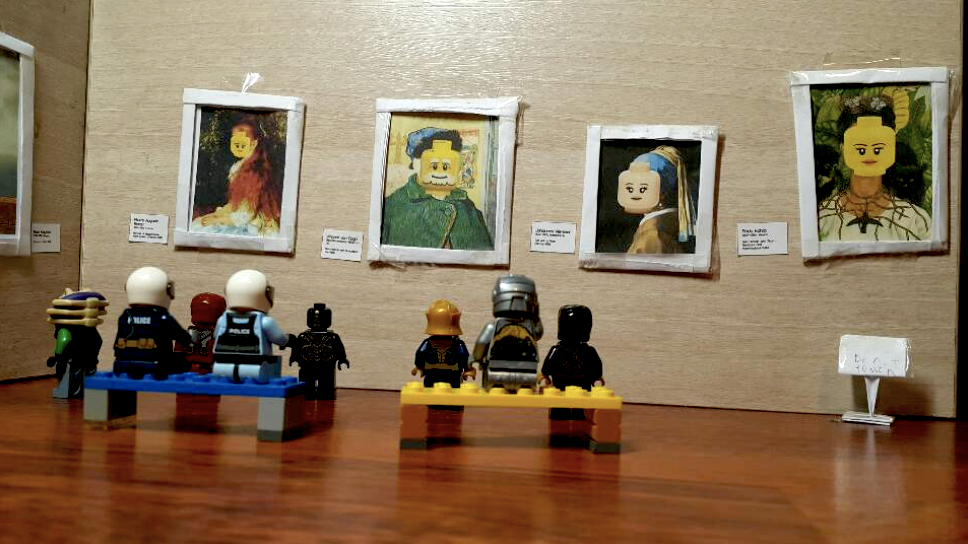
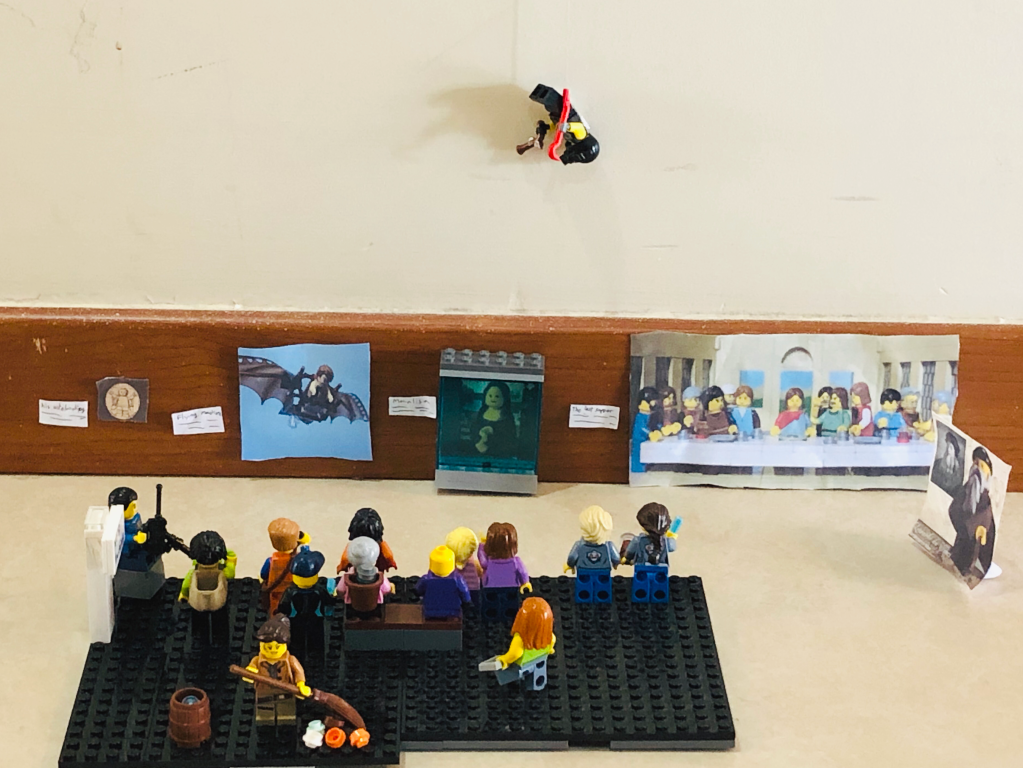








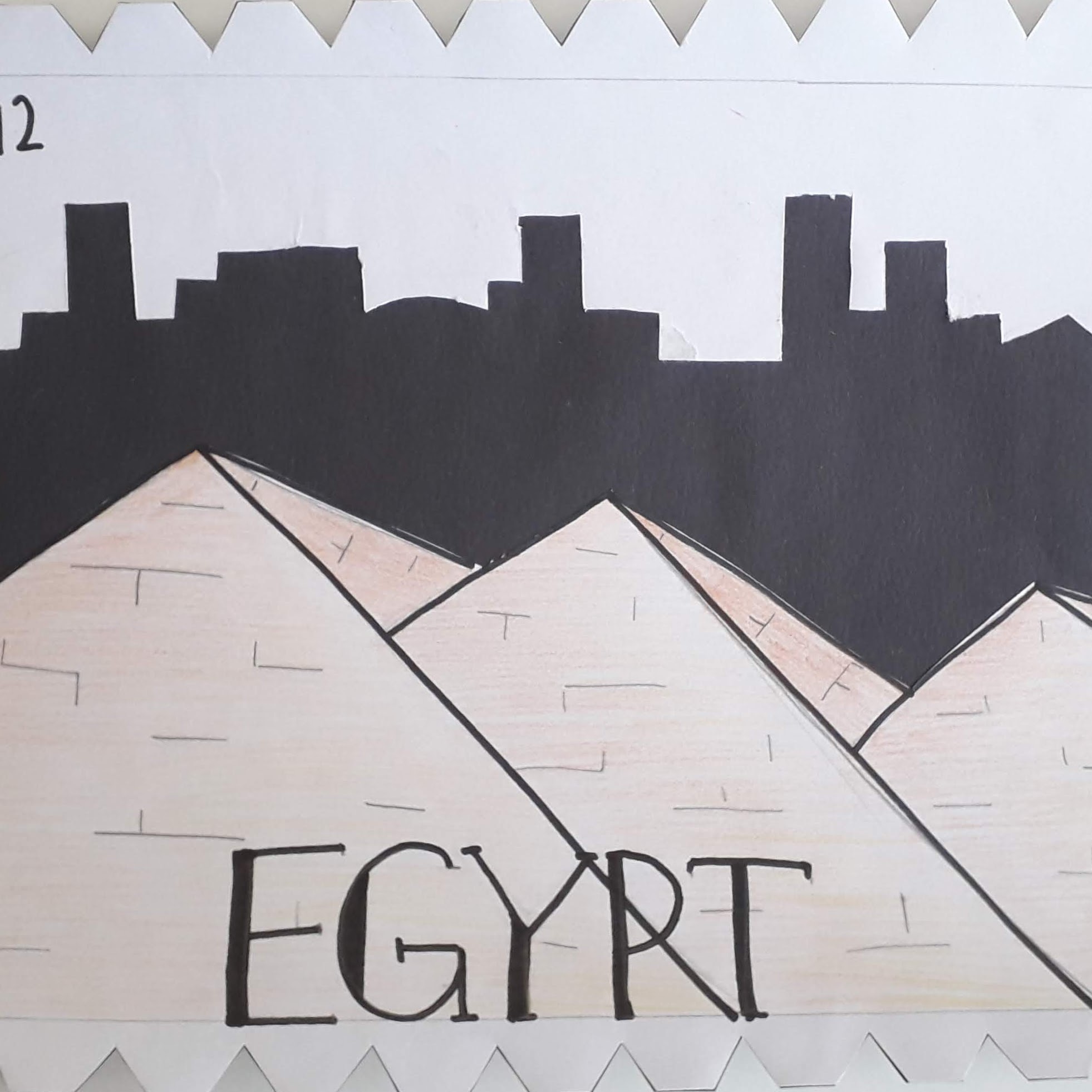


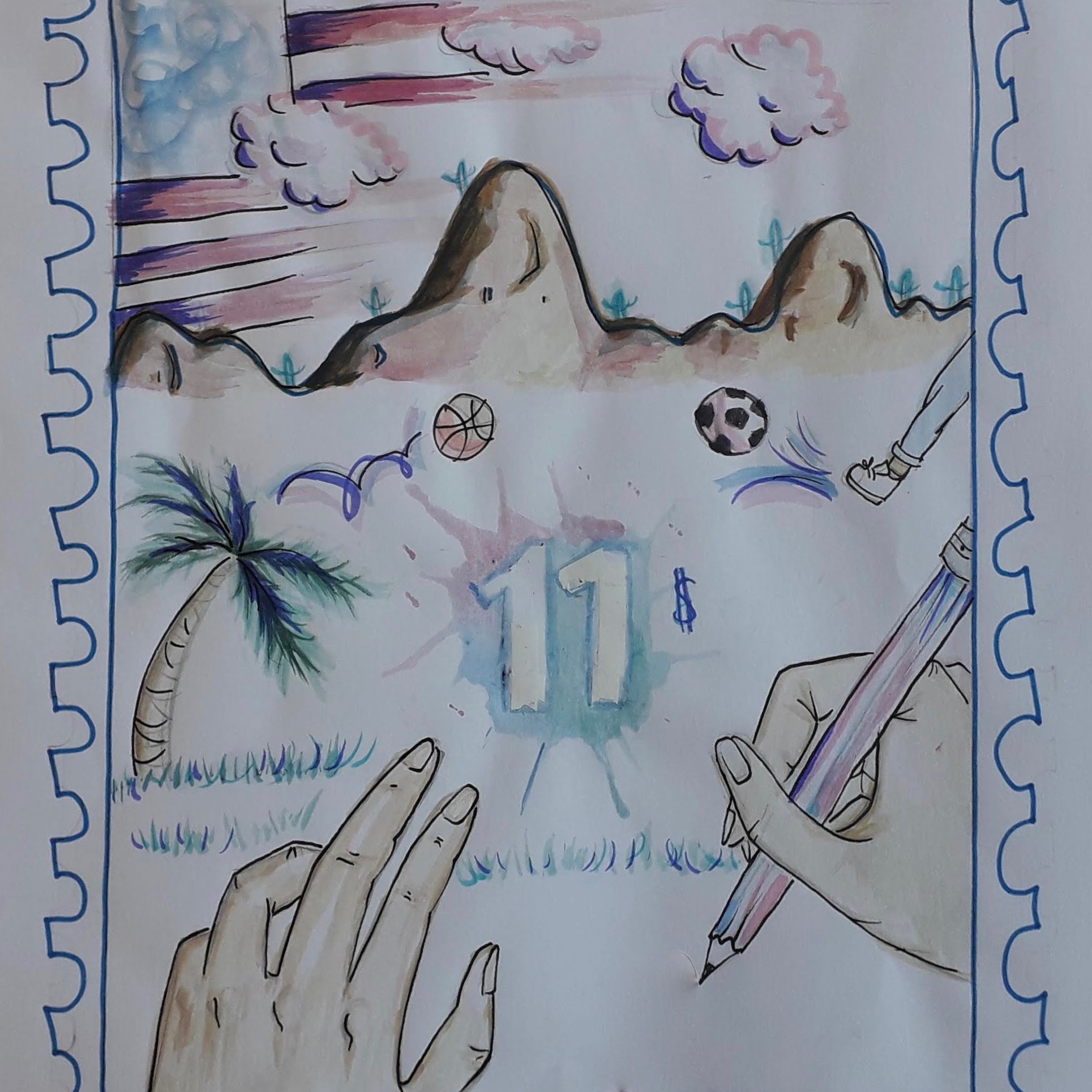





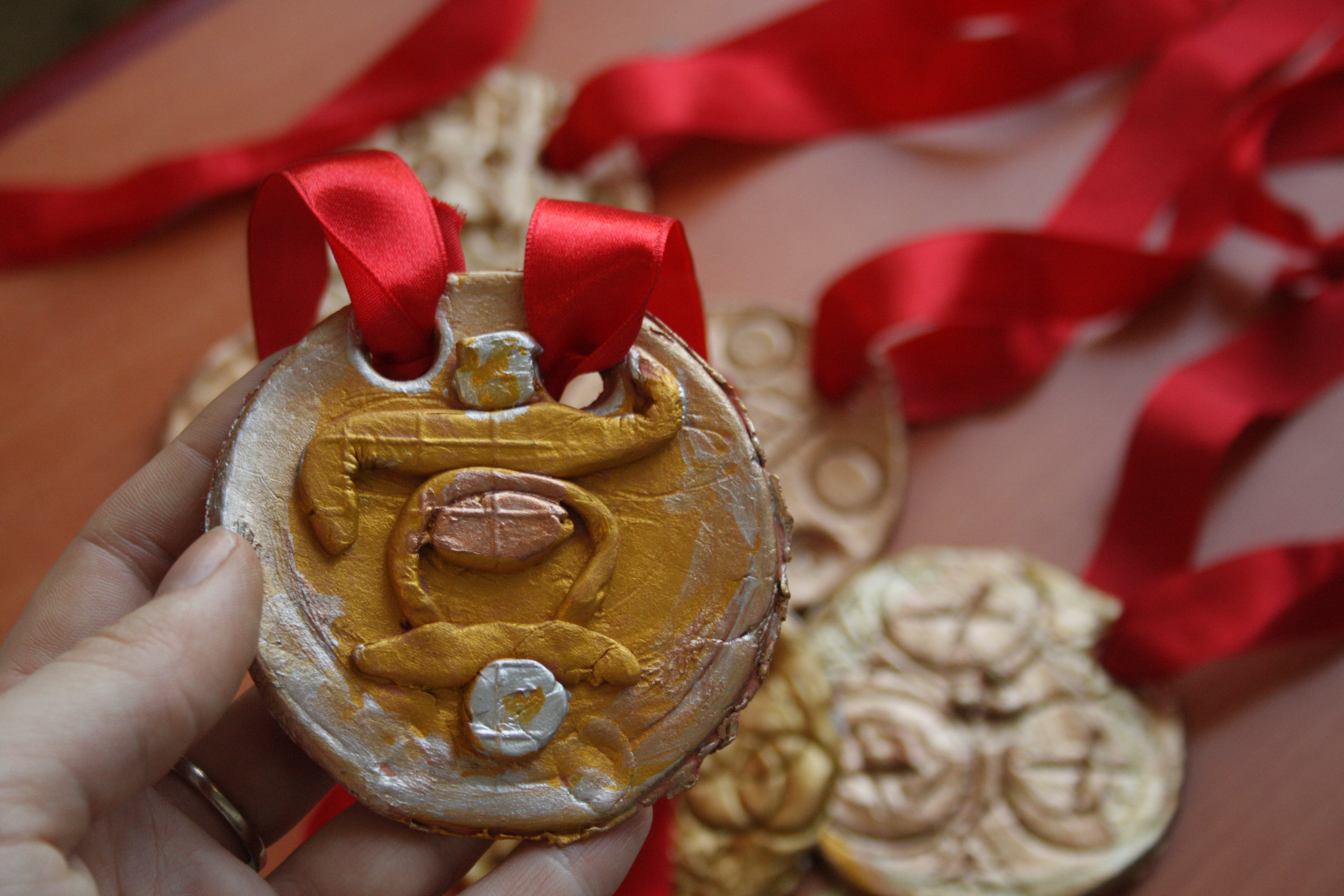


























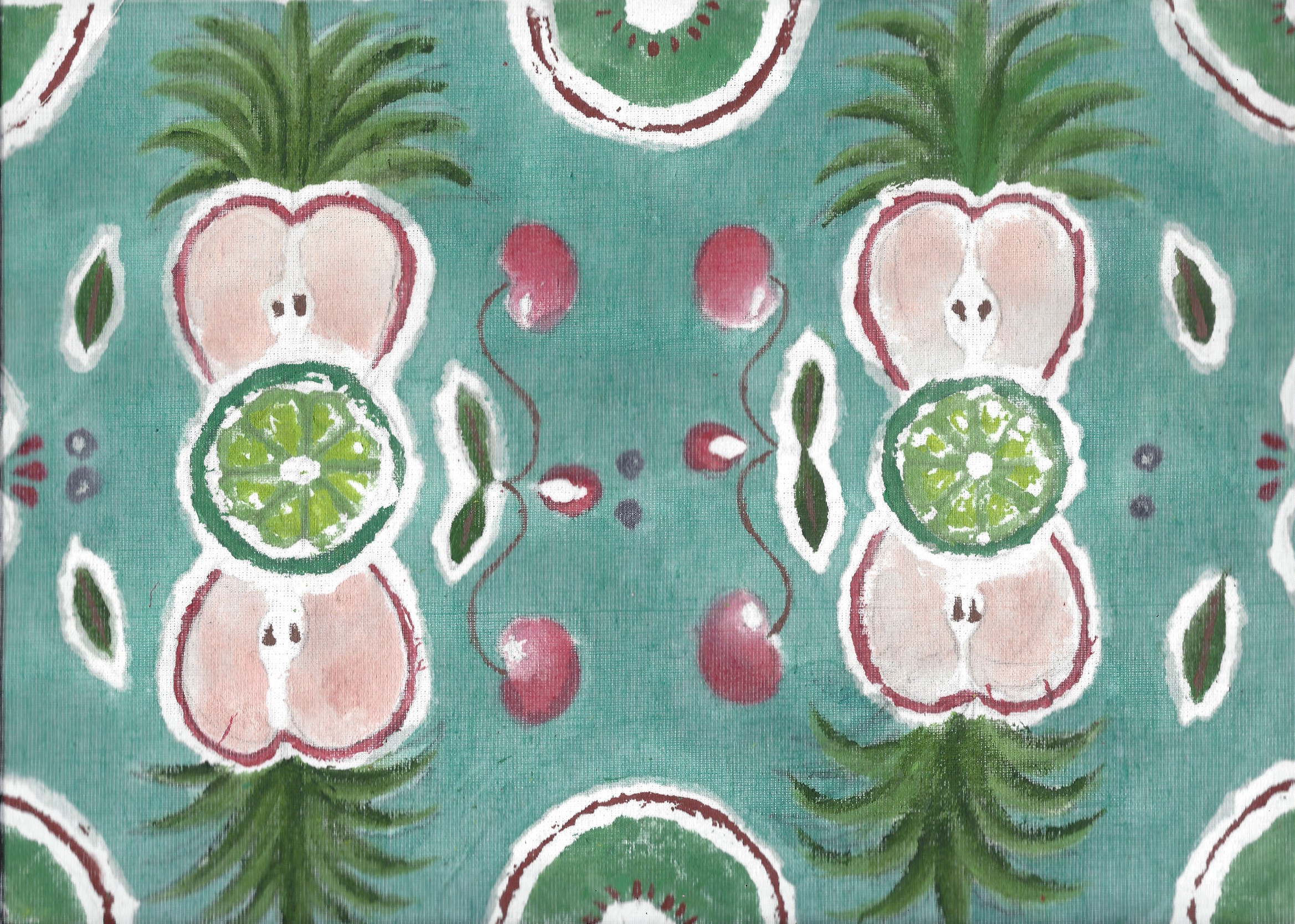
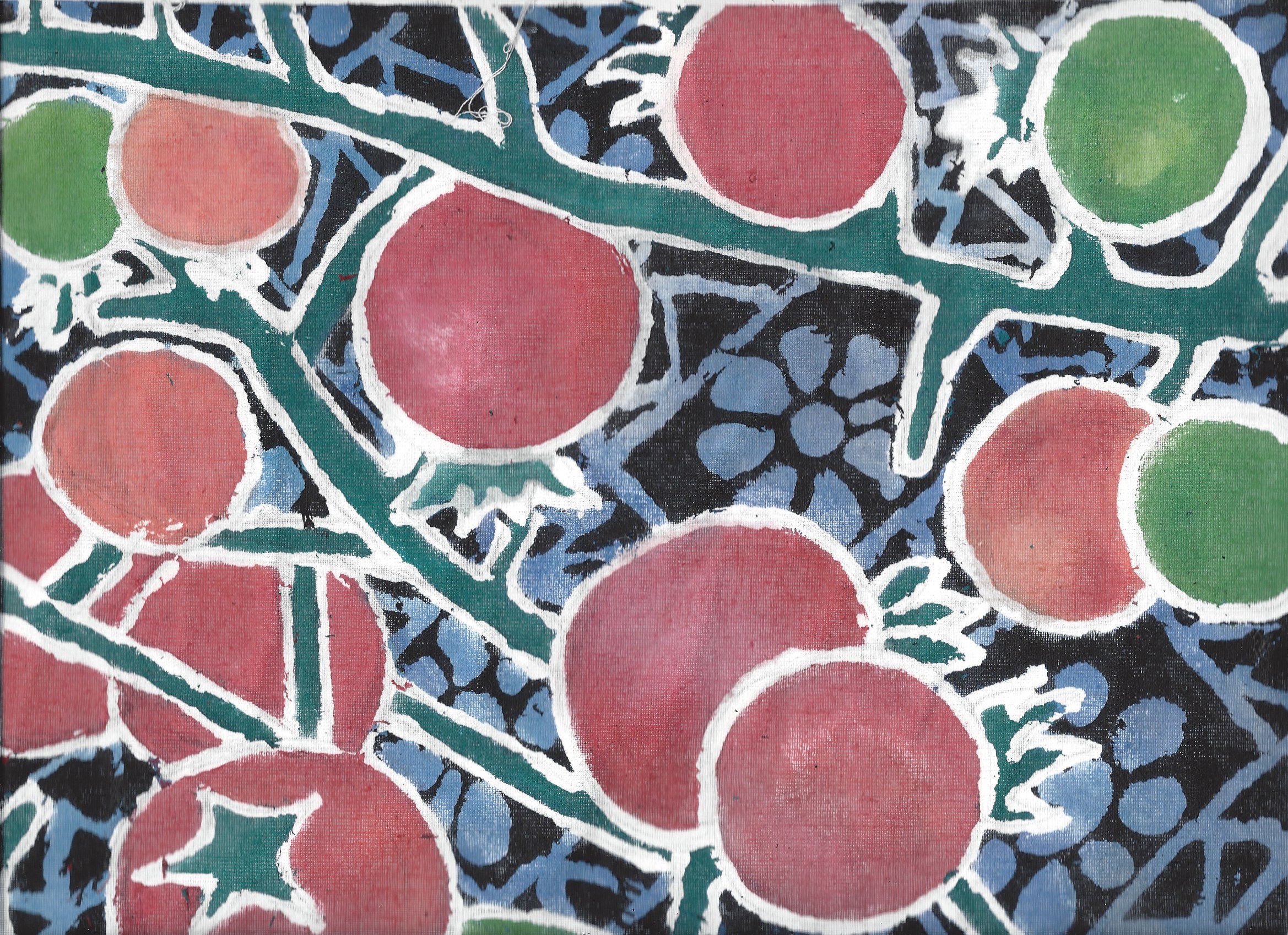

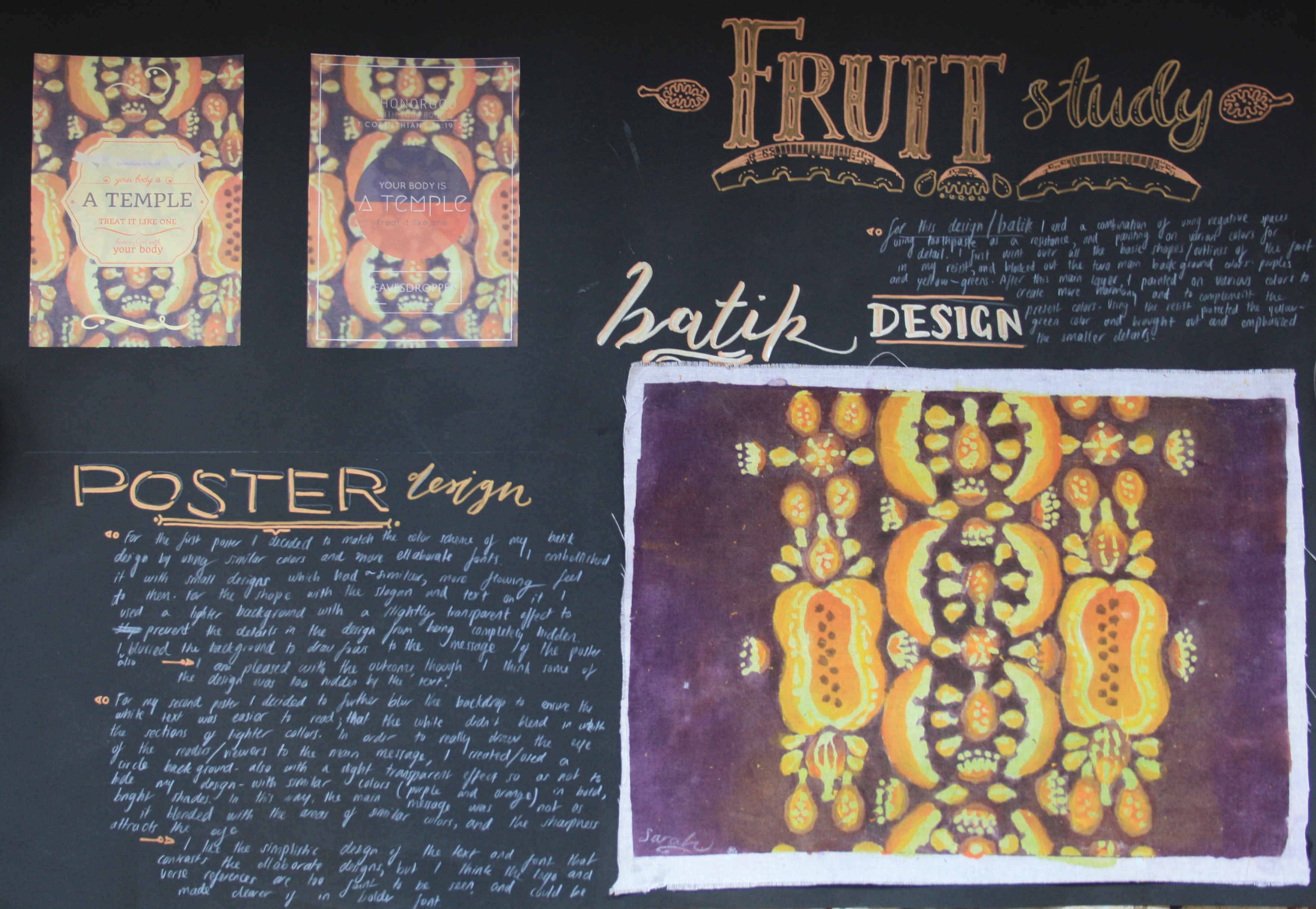












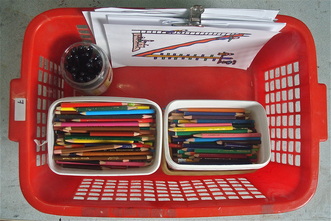 Today was day one of teaching in my makeshift classroom. I was able to haul down most of my supplies to a designated corner of the multi purpose room, however I soon realized there are so many things I take for granted when I teach! For today’s lessons, I had to make do without my whiteboard, rulers, a nearby sink… we made it work. While the space was dim and damp, I enjoyed being right next to the music room and partaking of a mini concert during my break. Midday, I decided it was easier to travel up to my kinder and first grade rooms for their lesson. Fortunately these two rooms are next together and I only needed the same simple supplies for both groups. This was the smoothest part of my day- it makes so much sense to have them sit and work at their own desks that are the right size for them!
Today was day one of teaching in my makeshift classroom. I was able to haul down most of my supplies to a designated corner of the multi purpose room, however I soon realized there are so many things I take for granted when I teach! For today’s lessons, I had to make do without my whiteboard, rulers, a nearby sink… we made it work. While the space was dim and damp, I enjoyed being right next to the music room and partaking of a mini concert during my break. Midday, I decided it was easier to travel up to my kinder and first grade rooms for their lesson. Fortunately these two rooms are next together and I only needed the same simple supplies for both groups. This was the smoothest part of my day- it makes so much sense to have them sit and work at their own desks that are the right size for them!